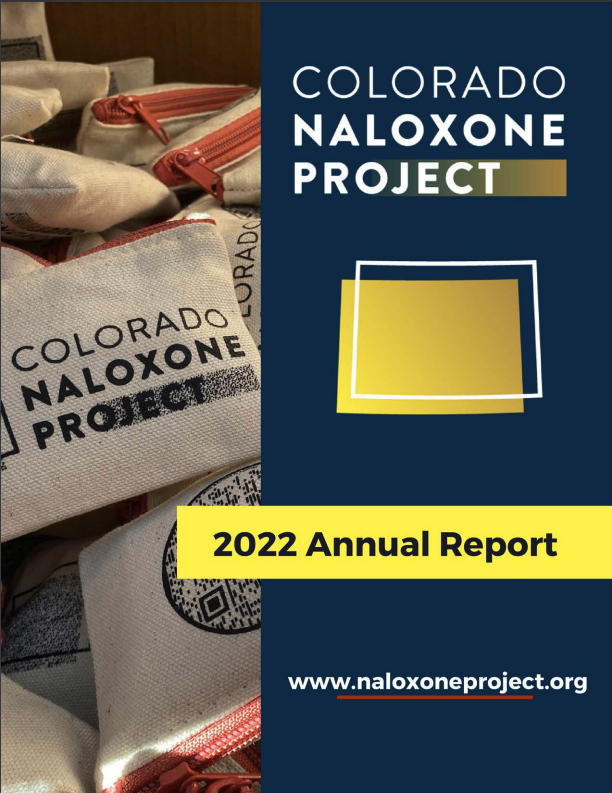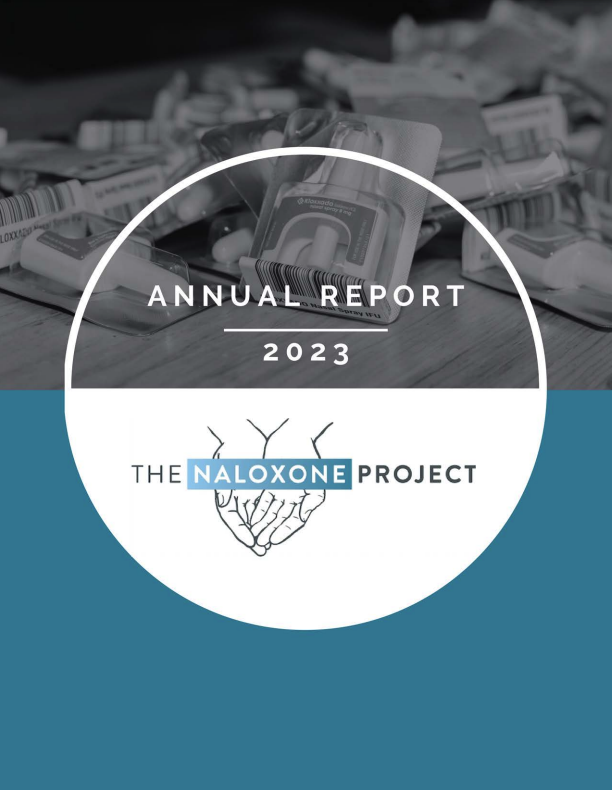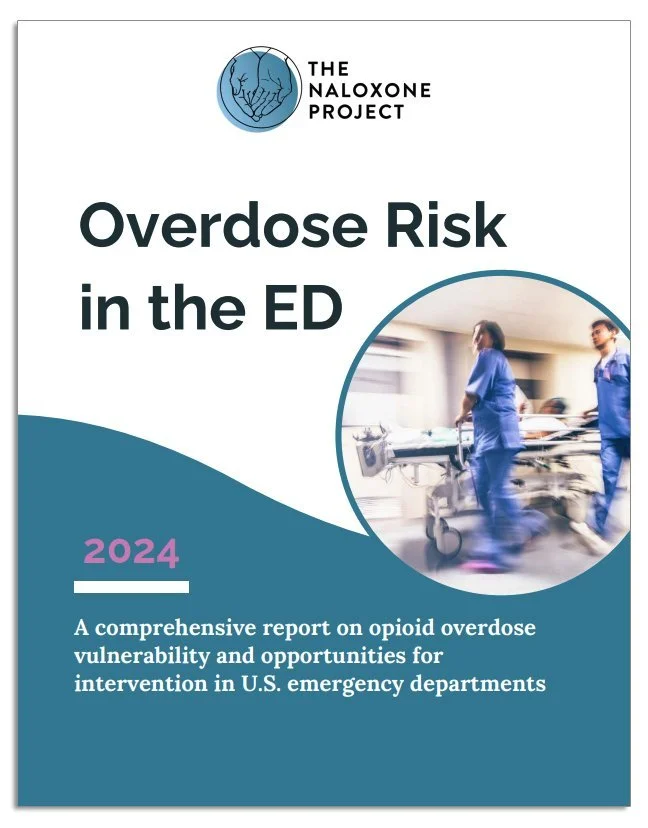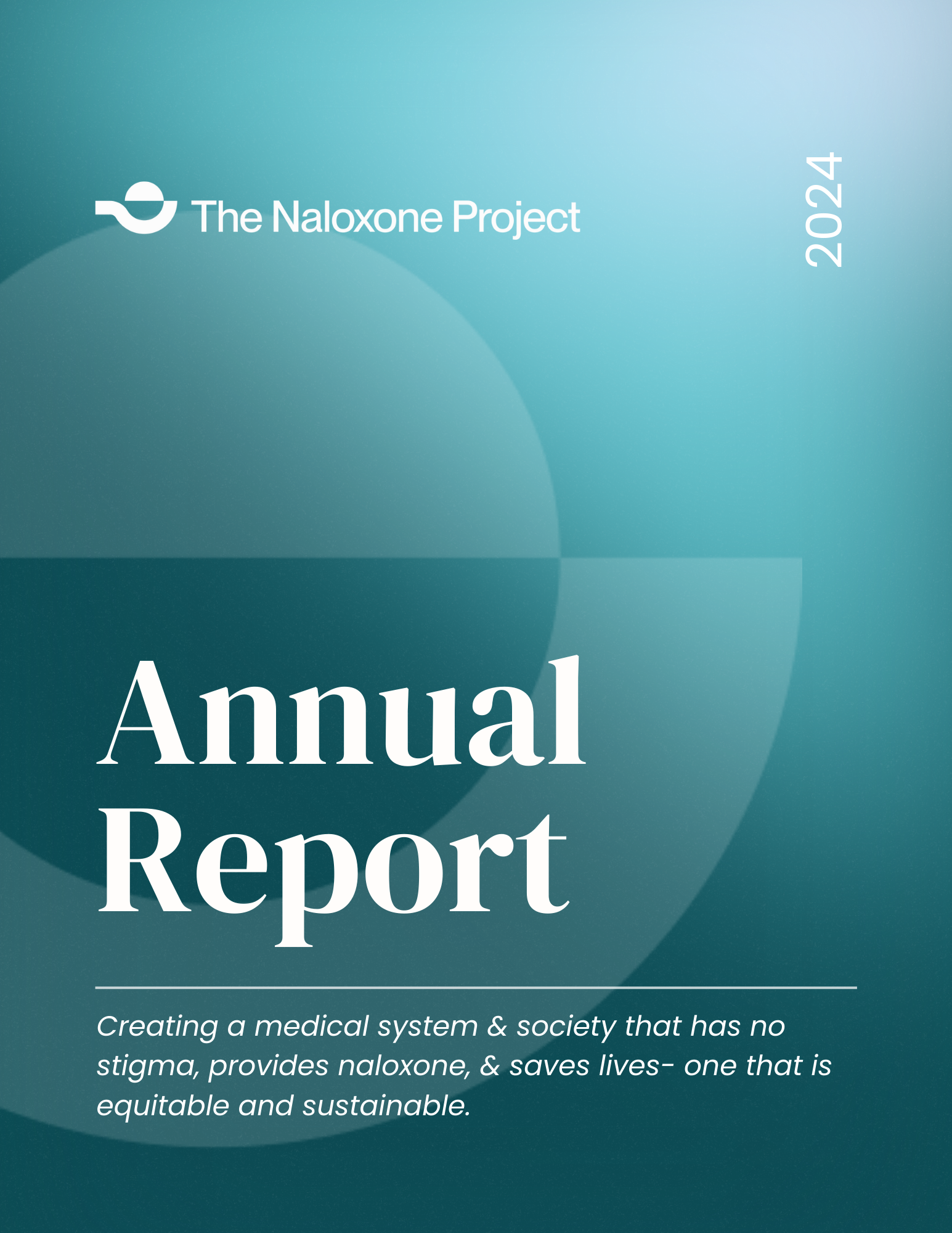Explore our Resources
We understand you may have questions and we hope you find our resources helpful.
Explore our Research Reports, How-to videos, Naloxone facts and toolkits.
Reports
Naloxone how-to videos
How to Use Injectable Naloxone - English
How to Use Injectable Naloxone - Spanish
How to Use Narcan Nasal Spray - English
How to Use Narcan Nasal Spray - Spanish
How to Use a Naloxone Nasal Atomizer - English
How to Use a Naloxone Nasal Atomizer - Spanish
FAQs
-
Naloxone, also known by the brand name Narcan, is the antidote for an opioid overdose. The medication temporarily reverses the effects of opioids on the brain. Giving naloxone to someone who has overdosed can be lifesaving.
The antidote will often restore a person’s ability to breathe and awaken them from an unconscious, coma-like state. Naloxone is a safe, non-addictive medication that has been used for decades to reverse overdose. You cannot get high from taking naloxone. It has the opposite effect of opioids. -
Opioid antagonists reverse the effects of opioids by blocking the opioid receptors. Naloxone is an opioid antagonist.
-
There are a few different naloxone products. The two most common are given intranasally. Nasal Narcan has no assembly. You insert the nozzle into the nostril and push the plunger to administer half of the dose in each nostril.
Intranasal with atomizer product is a pre-filled syringe that needs to be assembled to use intranasally. Half of the dose is given in each nostril. For further instructions, see the Videos further down on this page 3 of Guide to Using Naloxone. -
No, Naloxone only works if someone has overdosed on opioids.
If the person has overdosed on something other than opioids, there will be no effect, and the naloxone will not affect or harm the person. Someone who has received naloxone could experience withdrawal symptoms due to the reversal of the overdose. -
No, a tolerance cannot be developed with naloxone. It will only reverse the effects of an opioid overdose.
-
It won’t hurt someone to use expired naloxone, but the longer naloxone sits, the less effective it will be.
This means more doses of naloxone might be needed to reverse the effects of the opioid overdose. -
Anyone can get naloxone. Those who are at risk of an overdose, or knows someone who is, should carry naloxone -- this includes those receiving opioid therapy for chronic pain. If given to a patient with opioid dependence, naloxone can cause opioid withdrawal. Although these effects can be unpleasant and may cause temporary discomfort, the treatment is safe.
Friends and family members can get naloxone as well. Naloxone can be distributed from a hospital or picked up at more than 500 Colorado pharmacies without a prescription. Many different formulations of the medication are now available but Narcan nasal spray may be easiest to use. You can find participating pharmacies at stoptheclockcolorado.org/map or ERnaloxone.org. For those pharmacies that might not be included, there are prescriptions in the resource section that can be printed.
All you need to fill out is your name, address, date of birth and the date. Medicaid, Medicare, and most private insurers cover the full cost of naloxone or charge only a small copay.
If you care about someone who as at risk of overdose, remind them that it is easy to get naloxone in Colorado. Nasal naloxone is safe to administer to people of any age including infants, children, adults, and elderly people. It is also safe in both pregnancy and breastfeeding. There are no nonopioid medication interactions or chronic medical conditions that would prevent naloxone from being safe to give to a person with suspected or known opioid overdose.
-
Opioids include prescription pain medications like oxycodone (OxyContin, Percocet), hydrocodone (Vicodin, Lorcet/Lortab), fentanyl, hydromorphone (Dilaudid), morphine (MS Contin), buprenorphine (Suboxone), and methadone.
While some opioids can be injected and others are taken in pill form, they all act on the brain in the same way. Although opioids are good medications for some types of pain, they can result in physical dependence if used incorrectly. If you have already experienced an opioid overdose, you are at elevated risk for another one. -
Opioids include prescription pain medications like oxycodone (OxyContin, Percocet), hydrocodone (Vicodin, Lorcet/Lortab), fentanyl, hydromorphone (Dilaudid), morphine (MS Contin), buprenorphine (Suboxone), and methadone. While some opioids can be injected and others are taken in pill form, they all act on the brain in the same way.
Although opioids are good medications for some types of pain, they can result in physical dependence if used incorrectly. If you have already experienced an opioid overdose, you are at elevated risk for another one. -
People with opioid poisoning may look as if they’re sleeping. REMEMBER: IT IS NEVER SAFE TO LET A PERSON WHO MIGHT BE OVERDOSING “SLEEP IT OFF.”
Signs of overdose include: Unresponsive to shouting or shaking, or difficult to wake up; absent or shallow breathing, sometimes with gurgling or deep snoring sounds; pale or grayish skin; blue lips or fingertips; and/or a slow or undetectable pulse.
-
Check for responsiveness: is the person breathing slower, do they respond when you gently shake them, are their lips or fingernails turning blue, and/or is their skin clammy
Call 911 and administer naloxone. If the first dose doesn’t work within 3 minutes, give another dose of naloxone.
Perform chest compressions or rescue breathing. The 911 operator can walk you through this.
Stay with the person until help arrives.
-
Naloxone should be stored at room temperature, and extreme temperatures (below freezing or extremely hot) may alter the efficacy. However, naloxone is an extremely stable compound and can tolerate changes within 41F-104F.
Toolkits
